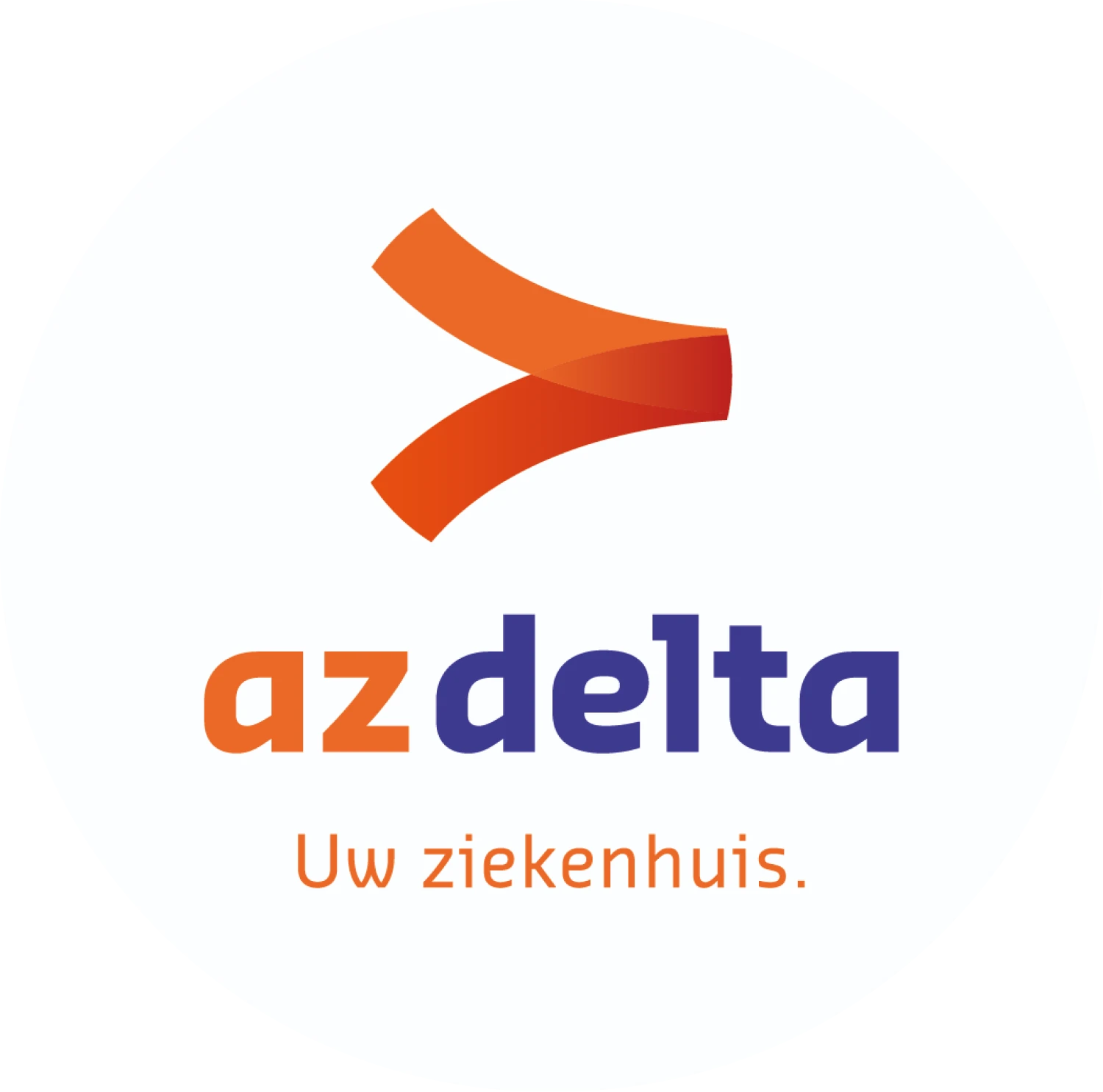ERCP - Endoscopic Retrograde Cholangio-Pancreatic Cography
Brugsesteenweg
Rumbeke
Torhout
Menen
The pancreatic and gall bladder ducts open into an opening in the duodenum = Vater's papilla. A tiny muscle around that opening, the Oddi sphincter, controls the outflow of bile and pancreatic fluid into the small intestine. This study makes it possible to assess the bile ducts and the pancreatic (pancreatic) outlet by means of X-rays and to carry out treatments via the gastrointestinal tract.
During the examination, a flexible tube with a camera at the end (endoscope) is inserted through the mouth into the duodenum, where the bile ducts and the pancreatic duct flow out. Through the working channel of the endoscope, a tube is inserted to the outlet of the pancreatic duct and the biliary tract (so-called papilla).
A dye is sprayed so that those channels are imaged. An ERCP is performed when other examinations provide insufficient information to detect the cause of colic pain, jaundice, or pancreatic disorders. Treatments can also be carried out, such as
- widening the papilla opening;
- removal of gallstones;
- opening constrictions;
- placing one or more stents (plastic or metal hollow tubes).
Report before planning and also before the start of the research:
- any allergies to contrast products, latex, iodine or shellfish;
- heart and/or lung problems, heart valves, pacemaker or defibrilator;
- taking blood thinning medications e.g. aspirin-containing preparations Plavix, Marcoumar, Clopidogrel, Ticlid, Xarelto, Pradaxa, Eliquis, Brilique, Marevan, Sintrom... Blood thinning medication may have to be stopped sufficiently in advance, in consultation with the doctor;
- intake of anti-inflammatory drugs;
- if you are or may be pregnant because X-rays are being used.
Aim of the research
Preparation
In the department
You must be sober at least 6 hours before the procedure. This means that you are not allowed to eat, drink or smoke.
- An infusion will be placed in the room and you will be asked to remove your glasses/contact lenses and dental prosthesis. A patient apron will be ready to wear.
- Female patients will be asked to take off their bra.
- One hour before the start of the procedure, you will in some cases receive a suppository (supo) along the anus to reduce the risk of pancreatic inflammation.
At the radiology department
- The nurse will accompany you to the examination table.
- During the study, the oxygen level in the blood is continuously measured. This is done with a measuring device that is placed on the finger.
- This examination takes place under complete anaesthesia. In some cases, the doctor may decide that you should stay in hospital for 1 night for observation.
- Ask a family member/acquaintance to take you home after the examination. After a general anaesthetic, you are not allowed to drive a vehicle. Do not plan important activities after the investigation. Your concentration and assessment may have been reduced.
Execution
- During the examination, you lie on your back with a mouthpiece between the teeth/lips to avoid biting the endoscope.
- The anaesthetist places a tube in the trachea to take over breathing.
- The endoscope is then gently inserted through the mouth into the duodenum to the outlet of the pancreatic duct and bile ducts (papillae).
- A catheter is inserted through the papilla through which contrast agent is inserted so that a radiological image (RX) can be taken of these channels.
- If a stone blocks the bile duct, it is removed if possible after cutting the papilla with a wire (=papillotomy) by means of a balloon or a basket.
- In the event of a narrowing of the bile duct or stones that are difficult to remove, a plastic or metal tube (stent) will be inserted, if possible, to allow the bile to run off again.
- The duration of the study varies between 30 and 60 minutes.
Hospitalization
After the examination
- You will be brought to the awakening room for further follow-up.
- Sometimes one night is planned.
- You can eat and drink again a few hours after the examination after your doctor's permission.
Advantages and disadvantages
Side effects
- A raw feeling in the throat is possible for some time.
- You may also have bloating due to the carbon dioxide that was blown in during the examination. Farming up or letting go can offer rapid improvement.
- Blood loss, fever and pain score will be monitored. Sometimes you will have to stay overnight for one night.
Points of interest
Risks of this study
Although ERCP is a reasonably safe study, you should be aware that there are certain risks involved. Of course, the usefulness of the research exceeds the possible complications.
The pancreas can become inflamed (pancreatitis), which happens in approximately 5% of patients. This inflammation is caused by pain in the upper abdomen. You must then stay sober.
When it is necessary to cut the papilla, there is a small risk of bleeding, which can usually be treated endoscopically.
Incising the papilla can also cause a perforation that is usually remedied with bowel rest and antibiotics. This complication is also very rare.
These complications (and all other rare complications) may require an extended hospital stay for possible antibiotic treatment via an infusion and, exceptionally, a surgical procedure.
It is also possible that the investigation is unsuccessful and needs to be resumed. That is why the risks of the research will always be thoroughly weighed against the need beforehand.


